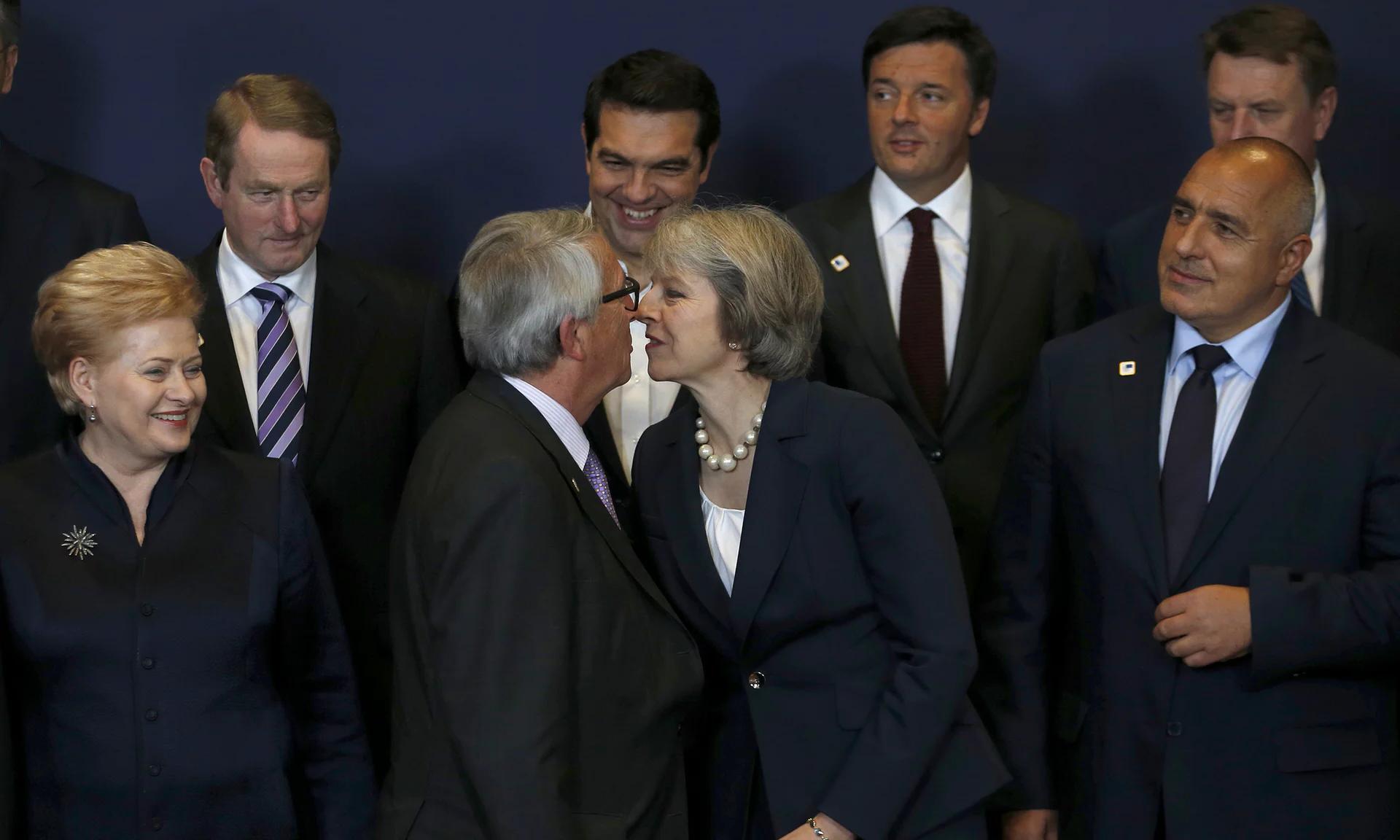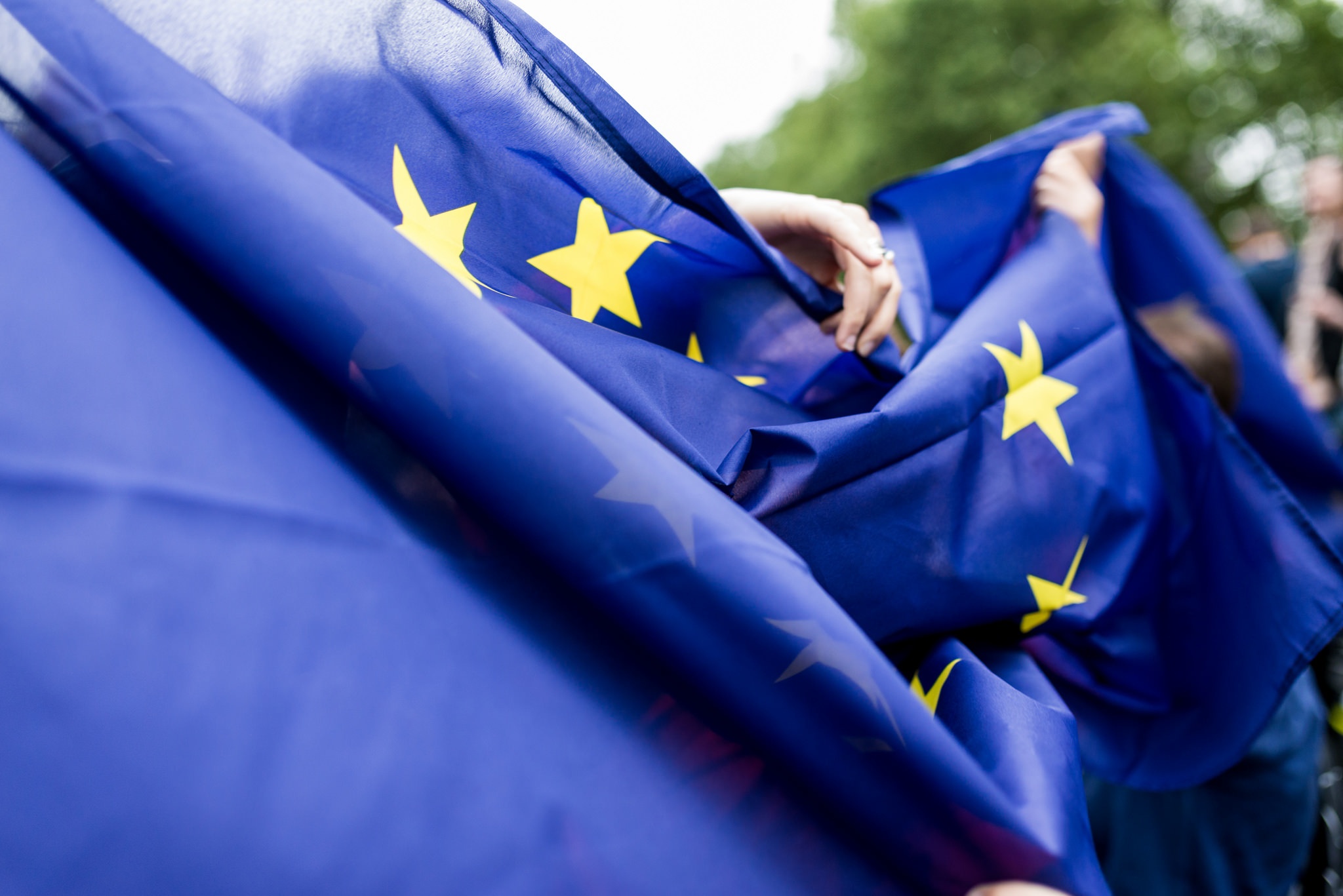
by Andrew Duff *
There’s a good and a bad way to leave the European Union. Article 50 is designed to expedite an orderly withdrawal, limiting collateral damage. But for Article 50 to work, we need clear thinking, strategic planning and straight talking. At present those qualities are badly lacking ‑ on both sides.
Worst of all, no consensus is forming on the question of where Britain will end up, post-Brexit. The success of the Article 50 negotiations depends on finding that consensus, for the secession treaty is made up of three components:
- Agreement on the technical aspects of withdrawing the UK from the rights and obligations of membership.
- Making reference to the framework for its future relations with the EU.
- Devising a transitional mechanism that will carry the UK from membership via Brexit to a safe landing at its final destination.
The best landing zone for both the UK and the EU would be a new association agreement. I say ‘new’ because from 1954 to 1972 the UK enjoyed an association agreement with the European Coal and Steel Community, negotiated by Jean Monnet and Duncan Sandys, after the UK had rejected the Schuman Plan. That agreement dealt with market access and political cooperation, and spoke impressively of the need for an ‘intimate and enduring’ partnership between Britain and the Six.[1]
While the chances of intimacy have no doubt been lost, the need for something enduring, by way of a durable settlement of the troubled relationship of Britain and Europe, is greater than ever. Fortuitously, the Lisbon treaty ordained that the Union “shall develop a special relationship with neighbouring countries, aiming to establish an area of prosperity and good neighbourliness, founded on the values of the Union and characterised by close and peaceful relations based on cooperation”.[2] Indeed, such cooperation is the aim of association agreements that the EU concluded in 2014 with Ukraine, Georgia and Moldova. The London establishment shudders at the idea of Ukraine as a model for Britain. But it should take a closer look.[3]
Trade and market access
At the heart of the association agreement is a deep and comprehensive free trade area (DCFTA) in which three of the four principles of freedom of movement are respected. There is tariff free access for goods, passports for services, and customs cooperation. The movement of labour is subject to work permits against the backdrop of visa liberalisation. Ukraine has to respect EU disciplines on competition, state aids, anti-dumping and public procurement; it can buy into EU common programmes such as Horizon 2020 and join EU agencies such as Europol; and it can choose to widen its participation in EU common transport, environment, employment and consumer protection policies.
While Ukraine, unlike Turkey, is not a member of the EU’s customs union, such membership could in theory be added to a DCFTA. Continuing membership of the customs union would greatly help the situation in Ulster on the new UK-EU border, although it would limit Britain’s freedom to bestride the globe in trade negotiations.
Does all this, if applied to Britain, sound too much like the dreaded ‘cherry-picking’? The EU’s objectives are to turn Ukraine into a capable modern state orientated towards Brussels rather than the Kremlin. For this it requires gradual approximation with the EU acquis – which in the case of the UK is already achieved by virtue of its 45 years of EU membership. The UK will only have to keep that technical and regulatory equivalence so that divergence, when it takes place (as it will), is manageable. In the most sensitive sector of financial services, everyone knows that Brexit leads to a reduction to the role of the City of London, but the framework of a DCFTA would maintain the City’s utility for eurozone and non-eurozone players.
Politics and institutions
On top of the DCFTA struck with Ukraine are important provisions for future political cooperation in the field of justice and home affairs, as well as foreign, security and defence policies. The former should prove attractive to ex-Home Secretary Theresa May. The latter might prove to be invaluable to the UK as it, with the rest of Europe, adapts to President Trump.
An association agreement based on the Ukrainian model would include useful institutional machinery, including an annual summit meeting, a ministerial council, technical committees and a joint parliamentary body between Westminster and the European Parliament. The UK would have to tolerate a judicial tribunal to arbiter disputes between the two parties in which the European Court of Justice would play a discreet role.
While it cannot be a question of cut and paste, the Ukraine Association Agreement offers a useful template for the UK government as it wrestles with the verdict of the Brexit referendum. For EU27 the Ukrainian deal provides a precedent which it would be difficult to deny its former member state. As with Ukraine, a British association agreement would not presage future EU membership.[4] An association agreement merely fosters “prosperity and good neighbourliness”, offering a plausible alternative to both parties who might otherwise descend into fractious bickering.[5]
Process and timing
Prime Minister May promises to trigger Article 50 by the end of March. Litigation in the UK courts may cause delay to this timetable, especially if a reference has to be made to the Court of Justice to clarify whether Article 50 once invoked can, in certain circumstances, later be revoked. But it is wise to work on the assumption that the formal Brexit process will start in March 2017 and end two years later with a Council decision, after a vote of consent by the European Parliament, approving a withdrawal agreement.
The Article 50 negotiations will be much facilitated if the eventual goal of an association agreement can be accepted. That commitment should be written down in the conclusions of the European Council meeting in December 2017 (after the German elections): the secession treaty can then take account of the association agreement.[6] Defining the framework of the future relationship in this way will avoid any suggestion that the withdrawal agreement is under EU law a ‘mixed agreement’ requiring ratification in all 27 states by national parliaments or, worse, by referendums.
The question of the interim arrangement is critical. The UK’s formal exit from the EU should be delayed until the transitional measure is in place. The transitional passerelleshould last until the association agreement is negotiated; and the new agreement itself could be applied on a provisional basis pending its ratification by all 27 states.[7]
There is, then, a way forward. But is there the will?
*Andrew Duff is a former Member of the European Parliament and a Visiting fellow at the European Policy Centre (EPC).
*This article originally appeared at EPC.
[1] See Andrew Duff, ‘Intimate and Enduring’: Britain’s first association agreement with Europe, ‘On Governing Europe’ series, blogactiv.eu, September 2016.
[2] Article 8(1) TEU.
[3] OJ L 161, 29-05-14. For a longer discussion of the model of the association agreement, see Andrew Duff, After Brexit: A New Association Agreement Between Britain and Europe, Policy Network, October 2016.
[4] Article 50(5) stipulates that if the UK ever decides to re-join the EU it will have to apply like any other third country according to the provisions of Article 49 TEU.
[5] Article 8 TEU and Article 217 TFEU provide the appropriate legal bases.
[6] Thereby fulfilling Article 50(2).
[7] According to the provisions of Article 218 TFEU.



